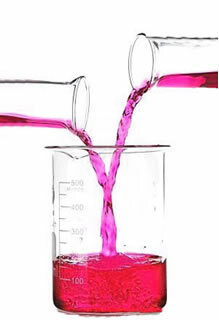question 1
(Vunesp-SP-mod.) A gas mixture formed by 14.0 g of N2(g) and 8.0 g of O2(g) occupies a balloon with a capacity equal to 30 L, at a temperature of 27ºC. Given the molar masses (g/mol) (N2= 28 and 02= 32) and the value of the constant R = 0.082 atm. L. mol-1. K-1, determine the pressure in atm of each gas and the total pressure in the balloon:
PN2; PO2; PTOTAL
a) 0.0369; 0,01845; 0,05535.
b) 0.41; 0,205; 0,615.
c) 0.82; 0,82; 1,64.
d) 0.0738; 0,0738; 0,1476.
e) 0.41; 0,405; 0,815.
question 2
In a gas mixture of N2, CO2 and H2S, the partial pressures are, respectively, 0.60 atm, 0.90 atm and 1.50 atm. Indicate the percentages by volume of each gas in the mixture.
a) 30% of N2, 20% CO2 and 50% of H2S.
b) 50% of N2, 15% CO2 and 45% of H2S.
c) 20% of N2, 30% CO2 and 50% of H2S.
d) 80% of N2, 10% CO2 and 10% of H2S.
e) 25% of N2, 25% CO2 and 50% of H2S.
More questionsDo you know the thought of Émile Durkheim? Do you know how the Enem test charges the author? See this in detail in this lesson on how Durkheim fell into Enem.
The MEC released the dates of the second half of 2021 editions of SiSU, ProUni and Fies. Learn more about how the programs will work.


